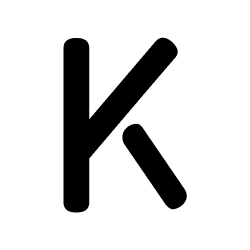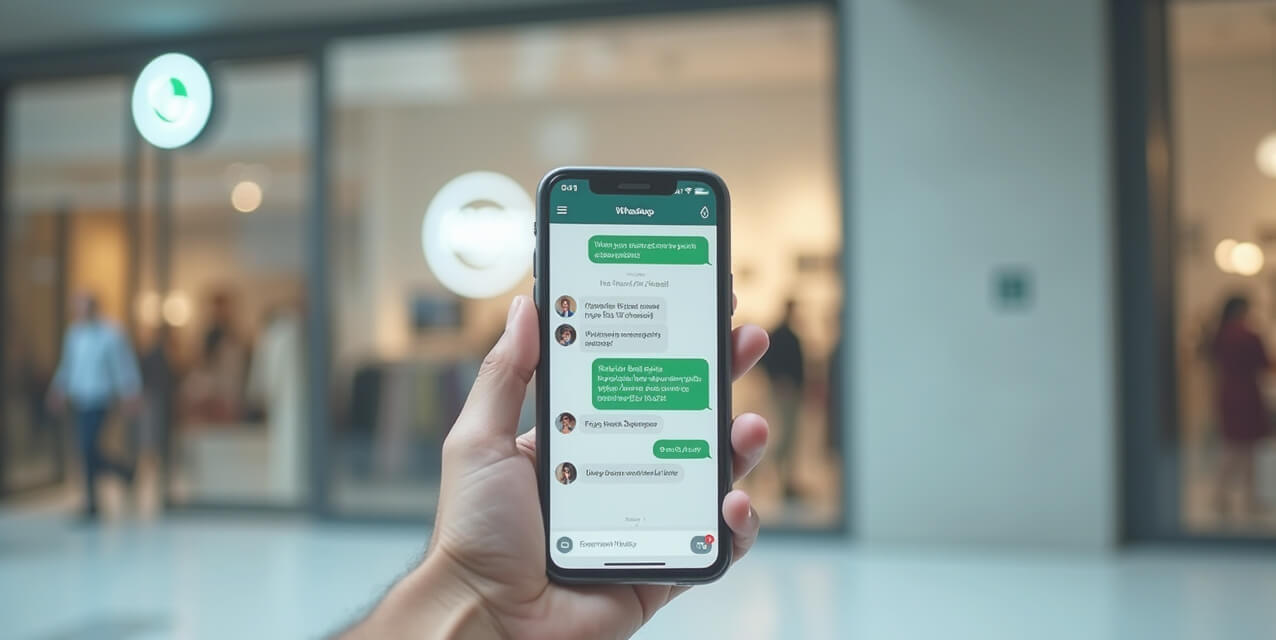Why Most WhatsApp Sales Strategies Plateau (and How to Break Through)
Most brands hit a wall with WhatsApp sales because they treat it like email marketing in a chat interface—here’s how to unlock real growth.
.jpg)
DATE
CATEGORY
HASHTAGS
READING TIME
Despite WhatsApp’s dominance in global communication, most brands struggle to move beyond basic broadcast messages or clunky support flows. The result? A plateau in sales performance that frustrates teams and leaves revenue on the table. The problem isn’t WhatsApp—it’s how it’s being used. In this post, we’ll explore why most WhatsApp sales strategies stall out and share actionable tactics to create truly conversational, AI-driven experiences that convert. With tools like bKlug, brands can break through this ceiling and scale revenue without growing headcount.
WhatsApp has become the default communication channel for billions of people. For brands, it's a goldmine—fast, personal, always-on. So why do so many WhatsApp sales strategies fall flat?
It’s not the platform’s fault. The issue lies in how most companies use it.
In this post, we’ll unpack why WhatsApp sales often hit a ceiling—and exactly how to break through it with smarter automation, personalization, and conversational AI.
The Plateau Problem: Why Most Brands Stall Out
At first, WhatsApp sales show promise. Brands set up a broadcast list, maybe a chatbot or two. Initial engagement looks good.
But then… results flatten. Replies dry up. Conversion rates dip. Teams scramble to optimize flows or write new scripts, but the core problem remains:
They’re using WhatsApp like email or live chat—not like the real-time, dynamic, two-way channel it is.
Common plateau points include:
- Limited personalization beyond “Hi [Name]”
- Static journeys that can’t adapt to user behavior
- Clunky handoffs to human agents
- Poor product discovery flows
- No integration with live inventory or checkout
When customers are forced to navigate rigid flows or wait for human replies, they leave. And brands lose sales.
The Shift: From Static Chat to Conversational Commerce
The brands that break through this plateau do one thing differently: they stop thinking of WhatsApp as a messaging app, and start treating it like a sales channel.
That means building experiences that are:
- Personalized
- Visual
- Context-aware
- Fast
- End-to-end (from discovery to checkout)
This shift requires more than just better scripts. It requires intelligent automation that understands user intent, offers relevant products, and guides them toward purchase seamlessly.
"When brands stop scripting conversations and start designing experiences, WhatsApp becomes a revenue engine—not just a support channel."
Why Traditional Automation Falls Short
Most WhatsApp tools on the market offer basic rule-based bots or limited AI features. They work okay for FAQs or simple tasks—but they don’t drive sales at scale.
Here’s what typically breaks:
- Rule-based logic: Can’t handle real-world user intent or phrasing variations
- Menu fatigue: Users don’t want to tap “1” for more options—they want to ask and get answers
- Product limitations: Bots don’t “know” the catalog, can’t show variants, or don’t understand filters
- Fragmented flows: Product search, carting, and checkout feel disconnected
The result? High drop-off rates, frustrated users, and overburdened human teams trying to pick up the slack.
How to Break Through the WhatsApp Plateau
To go from stagnant to scaling, brands need to rethink their WhatsApp strategy across three core areas:
1. Intelligent Conversations, Not Scripts
Static scripts can’t keep up with customer expectations. AI-driven conversations, on the other hand, adapt in real time—guiding users through product discovery with natural dialogue.
Think: “Show me red dresses under $100 in size M” → get instant results, with photos and options to buy.
2. Seamless End-to-End Journey
From first message to checkout, the experience should flow naturally. That means:
- Real-time catalog access
- Add-to-cart in chat
- Dynamic recommendations
- Instant checkout links
- Voice + visual search for easier navigation
When users don’t have to leave WhatsApp to complete a purchase, conversion rates rise.
3. Always-On, Brand-Safe Automation
It’s not enough to be fast—you need to be safe. Your automation should:
- Block offensive language
- Respect user privacy
- Protect your brand voice
- Scale across multiple stores or franchises
These are not “nice to haves”—they’re non-negotiables for any serious WhatsApp commerce strategy.
Where bKlug Comes In
At bKlug, we’ve built a WhatsApp-native AI assistant that actually sells.
It doesn’t rely on menus or scripts. It understands the conversation, accesses your real-time catalog, shows variants, handles visual and voice queries—and converts.
Brands using bKlug don’t just reply fast. They sell fast.
And unlike other tools, our assistants go live in under 2 hours and require zero maintenance from your tech or marketing teams. It’s fully managed, fully integrated, and fully human-like.
Final Thoughts: WhatsApp Is the Storefront, Not the Cashier
Most brands are still using WhatsApp like it’s 2015—broadcasting messages, offering static menus, and hoping for clicks.
But consumers have moved on. They expect instant, personalized, visually rich, voice-enabled experiences.
It’s time to treat WhatsApp not as a side channel, but as a primary storefront.
With the right automation, you don’t need more support staff. You need smarter conversations.
And if you’re ready to break through the plateau, bKlug is ready to help.



